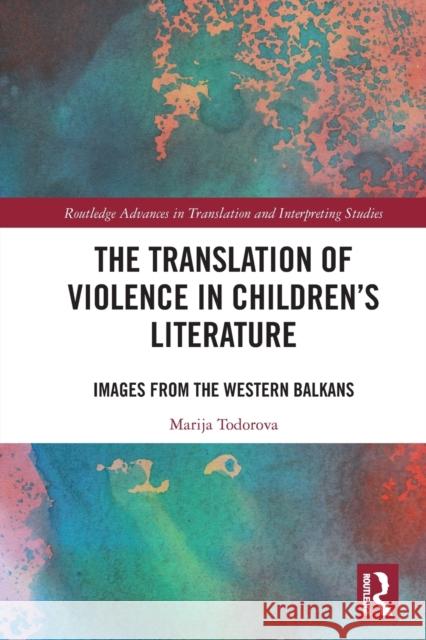The Translation of Violence in Children’s Literature: Images from the Western Balkans » książka
The Translation of Violence in Children’s Literature: Images from the Western Balkans
ISBN-13: 9780367709303 / Angielski
The Translation of Violence in Children’s Literature: Images from the Western Balkans
ISBN-13: 9780367709303 / Angielski
(netto: 185,77 VAT: 5%)
Najniższa cena z 30 dni: 193,06
ok. 22 dni roboczych.
Darmowa dostawa!
Considering children’s literature as a powerful repository for creating and proliferating cultural and national identities, this monograph is the first academic study of children’s literature in translation from the Western Balkans. Marija Todorova looks at a broad range of children’s literature, from fiction to creative non-fiction and picture books, across five different countries in the Western Balkans, with each chapter including detailed textual and visual analysis through the predominant lens of violence. These chapters raise questions around who initiates and effectuates the selection of children’s literature from the Western Balkans for translation into English, and interrogate the role of different stakeholders, such as translators, publishers and cultural institutions in the representation and construction of these countries in translated children’s literature, both in text and visually.Given the combination of this study’s interdisciplinary nature and Todorova’s detailed analysis, this book will prove to be an essential resource for professional translators, researchers and students in courses in translation studies, children’s literature or area studies, especially that of countries in the Western Balkans..
Considering children’s literature as a powerful repository for creating and proliferating cultural and national identities, this monograph is the first academic study of children’s literature in translation from the Western Balkans.
Marija Todorova looks at a broad range of children’s literature, from fiction to creative non-fiction and picture books, across five different countries in the Western Balkans, with each chapter including detailed textual and visual analysis through the predominant lens of violence. These chapters raise questions around who initiates and effectuates the selection of children’s literature from the Western Balkans for translation into English, and interrogate the role of different stakeholders, such as translators, publishers and cultural institutions in the representation and construction of these countries in translated children’s literature, both in text and visually.
Given the combination of this study’s interdisciplinary nature and Todorova’s detailed analysis, this book will prove to be an essential resource for professional translators, researchers and students in courses in translation studies, children’s literature or area studies, especially that of countries in the Western Balkans.
.











